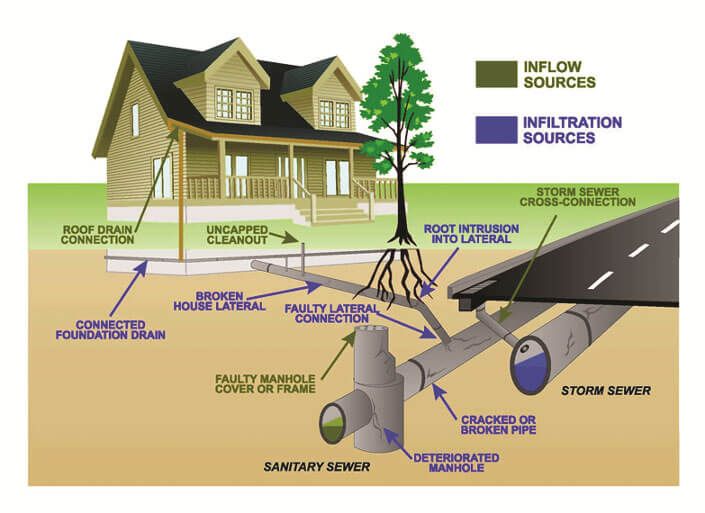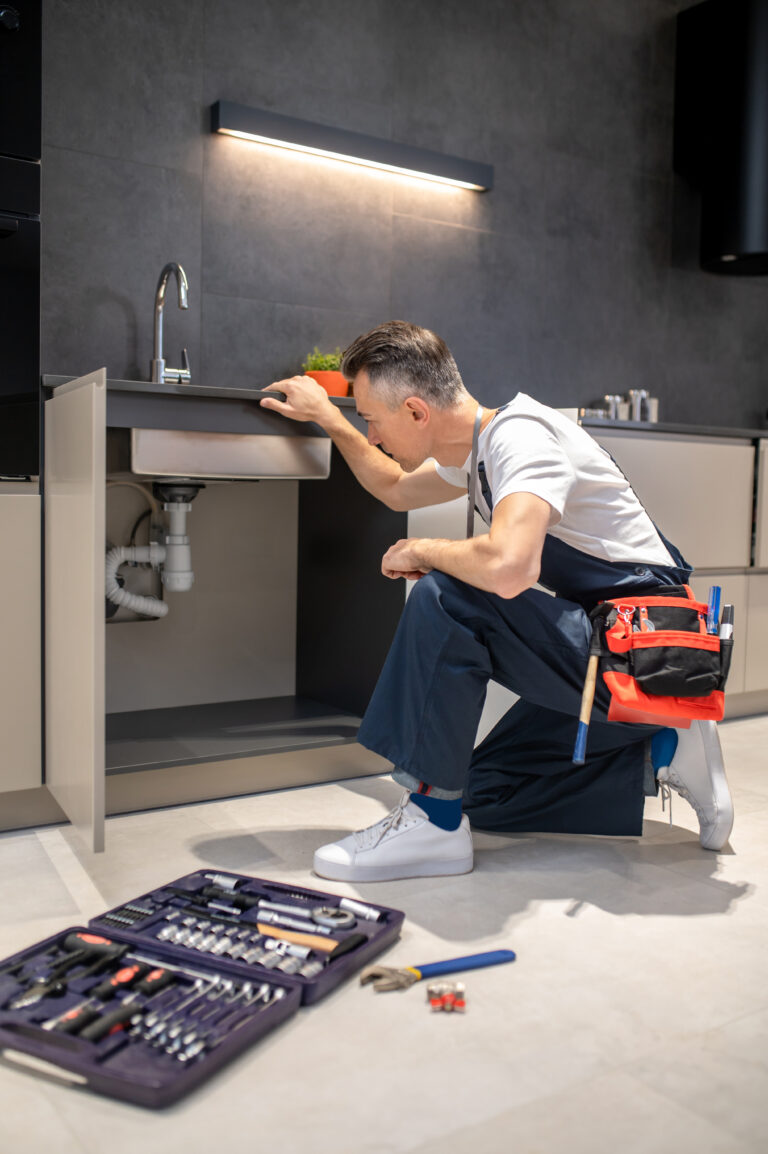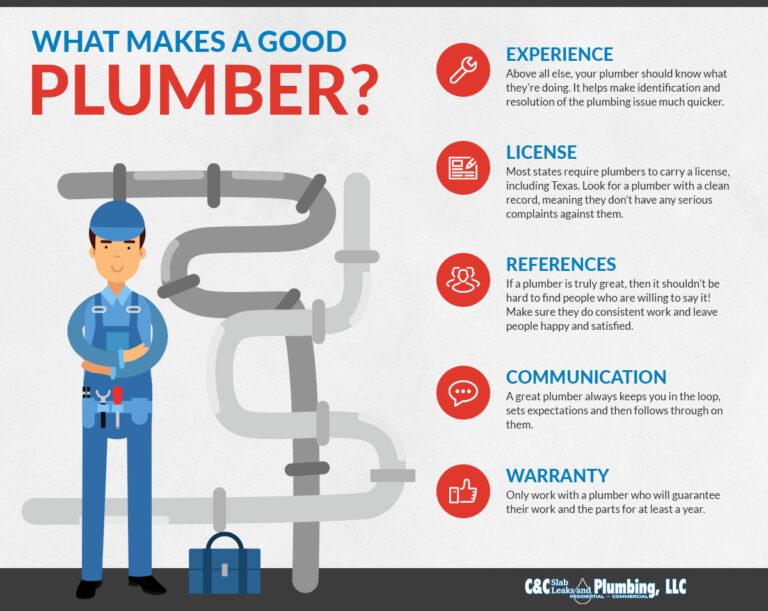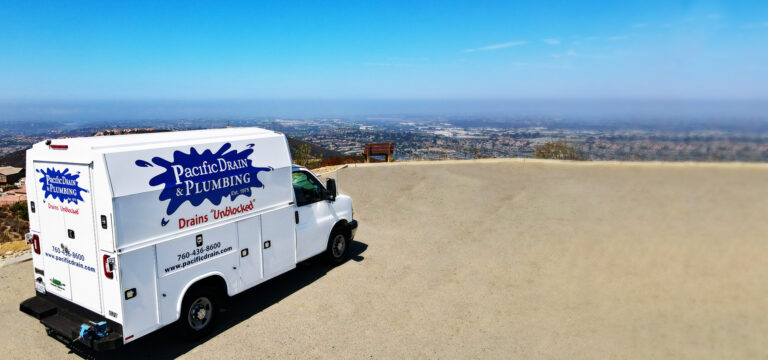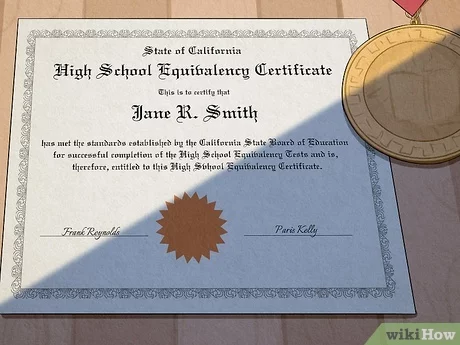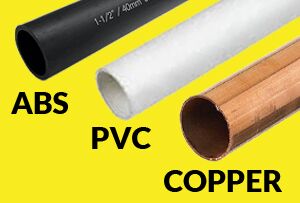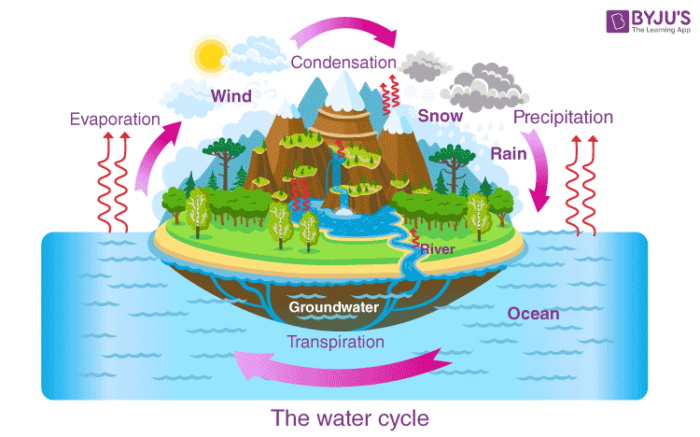What Is Main Drainage?
Main drainage is the process of removing excess water from an area. This is typically done with the use of underground pipes that are connected to a nearby stream, lake, or other body of water. The water is then carried away from the area, helping to reduce flooding or standing water that can damage the surrounding environment. Main drainage is essential for areas that are prone to flooding or that are built on a low-lying area. It helps to limit the risk of water damage, erosion, and other environmental issues.
Definition of Main Drainage
Main drainage is a term that is commonly used in the plumbing industry to refer to the primary drain that runs from a building’s plumbing system to the main sewer line. It is the most vital component of a plumbing system since it is responsible for collecting and disposing of wastewater. The main drainage system consists of several components, including pipes, traps, vents, and fixtures.
The pipes are the most important component of the main drainage system. They are responsible for carrying wastewater from the building to the sewer line and should be made from durable, corrosion-resistant materials such as PVC or ABS.
Traps are curved pieces of pipe that are installed in the drain lines to prevent sewer gas from entering the building. They also act as a barrier between the wastewater and the air in the building, which can help prevent odors from entering the building.
Vents are pipes that are installed in the main drainage system to ensure that the wastewater flows freely through the pipes. Without them, the wastewater would be unable to flow and could cause blockages.
Finally, fixtures such as sinks, toilets, and shower drains are connected to the main drainage system by pipes. These pipes are responsible for carrying wastewater away from the fixtures and into the main drainage system.
Main drainage is an essential component of any plumbing system and is responsible for collecting and disposing of wastewater in a safe and efficient manner. Without it, wastewater would be unable to flow freely and buildings would be at risk of experiencing backups and other plumbing issues.
Types of Main Drainage Systems
Main drainage systems are vital components of any plumbing infrastructure and are responsible for the safe and efficient removal of wastewater from buildings. There are three main types of main drainage systems: gravity-fed, pressure-fed, and vacuum-fed. Gravity-fed systems are the most common type, relying on gravity to move wastewater through the pipes. Pressure-fed systems use a pump to push wastewater through the pipes, while vacuum-fed systems rely on a vacuum to create a suction and draw wastewater through the pipes. Each system has its own advantages and disadvantages, so it’s important to consider the needs of each home or business before deciding which system is best. Selecting the right system can help ensure that wastewater is safely removed and that plumbing infrastructure is running smoothly.
Benefits of Main Drainage
Main Drainage systems are essential for any property to ensure that wastewater is safely and efficiently removed from the site. The main drainage system is the primary line of defence for properties in terms of preventing flooding and damage from wastewater. Main drainage systems come with a range of benefits that make them a must-have for any property.
For starters, main drainage systems limit the amount of flooding that can occur in a property. By reducing the amount of wastewater and directing it to the right channels, the risk of flooding is significantly diminished, allowing for better water management and reduced risk of damage. Additionally, main drainage systems help to improve water quality, as they reduce the amount of wastewater that gets into the water supply. This can help to improve the overall water quality of the area and reduce the risk of health issues.
Main drainage systems also provide a more efficient way of dealing with wastewater. By providing an underground network of pipes and systems, they allow for efficient wastewater evacuation, which reduces the amount of strain on the local environment. Furthermore, these systems are designed to reduce the amount of maintenance that needs to be done on the property, meaning that homeowners can spend less time and money on maintenance, allowing them to enjoy their property more.
Overall, main drainage systems provide an array of benefits for any property. From reducing the risk of flooding to improving water quality and reducing maintenance costs, main drainage systems are essential for any property owner.
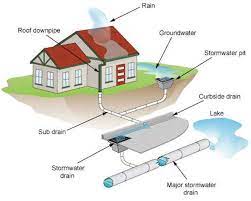
Requirements for Installing Main Drainage
Main drainage is a system of pipes and other components that make up a part of a building’s plumbing system. It is the most important part of a plumbing system, as it collects all wastewater from the building and moves it away for treatment. Proper installation of main drainage is essential to ensure the safety and health of your property.
When installing main drainage, it is important to consider the following important factors: pipe size and material, pipe installation, slope and depth, ventilation, and testing. Pipe size and material should be chosen based on the size of the building and the type of wastewater it produces. The pipe should be installed correctly according to local regulations and should be of the appropriate size and material. The slope and depth of the pipe should be determined based on the size of the building, the type of wastewater it produces, and the local regulations. Lastly, the pipe should be properly ventilated and tested to ensure it is working properly and is free from any blockages.
Overall, installing main drainage is a complex and highly technical process. It is important to ensure that the proper materials are used and the system is installed correctly in order to ensure a safe and healthy environment. Professional assistance should be sought when installing main drainage to ensure it is correctly installed and functioning properly.
Maintenance of Main Drainage
Main drainage systems are an essential part of any property, ensuring that wastewater is safely and efficiently removed from the property. However, a well-maintained main drainage system is the key to ensuring the smooth functioning of a property. Regular maintenance is essential for the proper functioning of the main drainage system and can help to prevent costly repairs or blockages in the future.
Maintenance of the main drainage system includes inspecting the entire system for any signs of damage or wear and tear. This may involve checking for cracks in the pipes, broken seals, and any other visible damage. It is also important to check for any blockages or obstructions in the pipes, as this can cause significant problems with the flow of wastewater.
In addition to inspecting the system, it is important to ensure that the pipes are properly sealed and maintained. This includes replacing any broken seals and ensuring that the pipes are kept clean and free from any debris. Proper maintenance of the main drainage system can help to reduce the risk of blockages and prevent major repairs.
Regular maintenance of the main drainage system is an important part of keeping a property functioning efficiently. By ensuring that the system is in good condition, homeowners can avoid costly repairs and minimize the risk of blockages that could lead to major repair work.
Troubleshooting Common Main Drainage Problems
Main drainage is an integral part of any home. It is responsible for carrying wastewater away from your home and ensures that it does not accumulate in the yard. Unfortunately, it can be prone to problems, such as blockages and leaks. Knowing how to identify and troubleshoot these issues is essential for maintaining your main drainage system.
A blockage in the main drainage system can cause water to back up in the pipes, leading to flooding. This is usually caused by materials such as grease, hair, and dirt that builds up over time and clogs the pipes. To prevent this from happening, be sure to use strainers in sinks and showers to catch any debris. Additionally, pour boiling water down the drains every few months to help break up any blockages.
Leaks are another common problem with main drainage systems. These are typically caused by corrosion or damage to the pipes, and can lead to water seeping out of the pipes and into the surrounding area. To prevent this from happening, have your main drainage system inspected and serviced regularly. Additionally, be sure to check for any signs of water damage, such as damp patches on walls or floors.
Main drainage systems are essential for keeping your home safe and dry, so it is important to be aware of the common problems that can occur. Knowing how to identify and troubleshoot these issues can help you maintain your main drainage system and avoid costly repairs. Regular maintenance and inspection can also help prevent any future problems.
FAQs About the What Is Main Drainage?
1. What is the main purpose of main drainage?
Answer: The main purpose of main drainage is to collect and carry away stormwater and wastewater from buildings and roads and to prevent flooding.
2. How often should the main drainage be inspected and cleaned?
Answer: The frequency of inspection and cleaning of main drainage depends on the type of drainage system and the condition of the pipes. Generally, it is recommended to inspect and clean the drainage system at least once a year.
3. Are there any safety measures that need to be taken when dealing with main drainage?
Answer: Yes, it is important to take safety measures when handling main drainage. This includes wearing protective clothing and equipment, such as gloves, goggles, and face masks, and using the correct tools and equipment for the job.
Conclusion
Main drainage is an important part of any urban landscape, as it is responsible for disposing of wastewater and storm water, and reducing the risk of flooding. It also helps to improve air quality, as it helps to reduce the amount of pollutants that can otherwise enter the atmosphere. Main drainage systems are usually made up of a network of drainage pipes and structures, and can involve a variety of techniques and technologies. Ultimately, main drainage is a crucial element of any urban infrastructure, helping to keep cities, towns, and other built-up areas safe and healthy.

